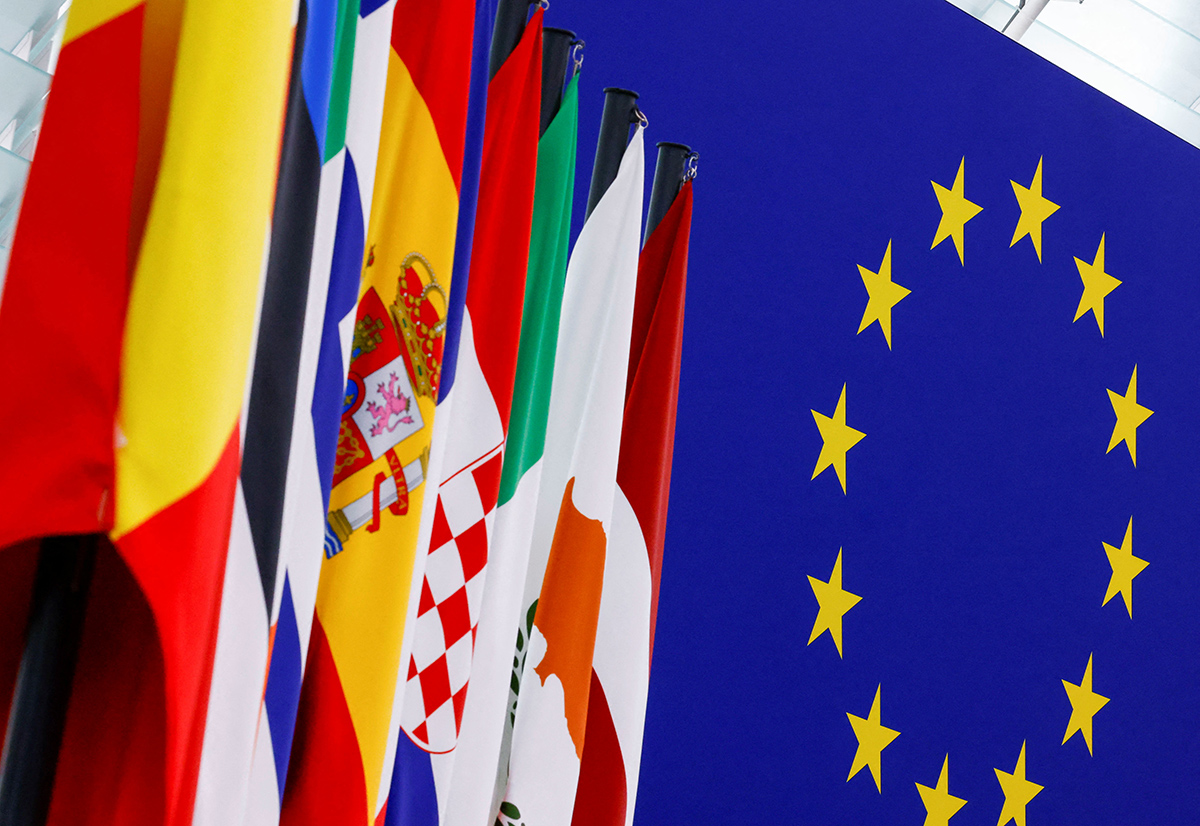The European Commission has recommended that Cyprus clarify how it plans to reach its 2030 greenhouse gas target for sectors outside the EU emissions trading system of -24% compared to 2005 by considering further policies and the intended use of flexibilities between the effort sharing and accounted land use, land use change and forestry sectors. Particular consideration could go to transport.
This is one of a series of recommendations issued by the Commission on Cyprus’ draft integrated National Energy and Climate Plan covering the period 2021-2030.
Recommendations were issued for all EU member states. The European Commission found that the national plans already represent significant efforts but pointed to several areas where there is room for improvement, notably as concerns targeted and individualised policies to ensure the delivery of the 2030 targets and to stay on the path towards climate neutrality in the longer term.
The European Union is the first major economy to put in place a legally binding framework to deliver on its pledges under the Paris Agreement and this is the first time that Member States have prepared draft integrated national energy and climate plans.
Yet, with plans currently falling short both in terms of renewables and energy efficiency contributions, reaching the EU’s overall climate and energy goals will require a collective step up of ambition, it said.
On Cyprus, the EU Commission said it should also significantly increase the level of ambition for 2030 to a renewable energy share of at least 23% as Cyprus’ contribution to the Union’s 2030 target for renewable energy.
It also said Cyprus should include an indicative trajectory in the final integrated national energy and climate plan that reaches all the reference points in view of the need to increase the level of efforts for reaching this target collectively.
And it should put forward detailed and quantified policies and measures that are in line with the obligations laid down in Directive (EU) 2018/2001 of the European Parliament and Council and enabling a timely and cost-effective achievement of this contribution.
Moreover, it should increase the level of ambition in the heating and cooling sector and the transport sector to meet the indicative target included in Article 23 of Directive (EU) 2018/2001 and the transport target in Article 25 of Directive (EU) 2018/2001.
Cyprus should also provide additional details and measures on the enabling frameworks for self-consumption and renewable energy communities in line with Articles 21 and 22 of Directive (EU) 2018/2001.
It should substantially increase its ambition towards reducing both final and primary energy consumption in 2030 in view of the need to increase the level of efforts to reach the Union’s 2030 energy efficiency target.
And it must complete projections and scenarios to allow assessing the expected impacts of the new planned policies, measures and programmes on primary and final energy consumption for each sector at least until 2040, including for the year 2030, and including an indicative trajectory from 2021 onwards.
In another recommendation, the Commission said Cyprus should strengthen the focus on energy efficiency in the transport sector by increasing the span of measures related to this specific sector, considering that it would represent half of the energy consumed in the country in 2030.
And it must define forward-looking objectives and targets concerning market integration, in particular measures for the gas sector, in view of the plans to achieve supply of natural gas in its territory in the near future.
It should present the state of play regarding the organisation of electricity markets clearly and consistently with targets and objectives described in the internal market dimension.
Additionally, Cyprus must further elaborate on national objectives and funding targets in research, innovation and competitiveness, specifically related to the Energy Union, to be achieved between now and 2030, so that they are readily measurable and fit for purpose to support the implementation of targets in the other dimensions of the integrated national energy and climate plan.
It should underpin such objectives with specific and adequate policies and measures, including those to be developed in cooperation with other Member States, such as the European Strategic Energy Technology Plan.
It should intensify its existing regional cooperation arrangements with neighbouring Greece as well as other Member States, including in the internal market, energy security, and research, innovation and competitiveness dimension. Possibly in the context of the ‘Clean Energy for EU Islands’ initiative, it should enhance cooperation with Member States and island regions facing similar geographic, climatic and infrastructure related challenges and opportunities in their energy transition.
Moreover
- It should Include a comprehensive section identifying all investment needs split by dimension and sub-dimension, along with a clear description of the methodology used for the estimation and the likely national, regional and Union sources for their financing.
- List all energy subsidies, including in particular fossil fuels subsidies, and actions undertaken as well as plans to phase them out.
- Complement the analysis of the interactions with air quality and air emissions policy, presenting and quantifying the impacts on air pollution for the various scenarios, providing underpinning information, and considering synergies and trade-off effects.
- Integrate just and fair transition aspects better, notably by providing more details on social, employment and skills impacts of planned objectives, and policies and measures.
- Further develop the approach to addressing energy poverty issues, including by adding considerations of how the proposed policies and measures across dimensions are expected to impact the level of energy poverty as required by the Regulation (EU) 2018/1999.
















